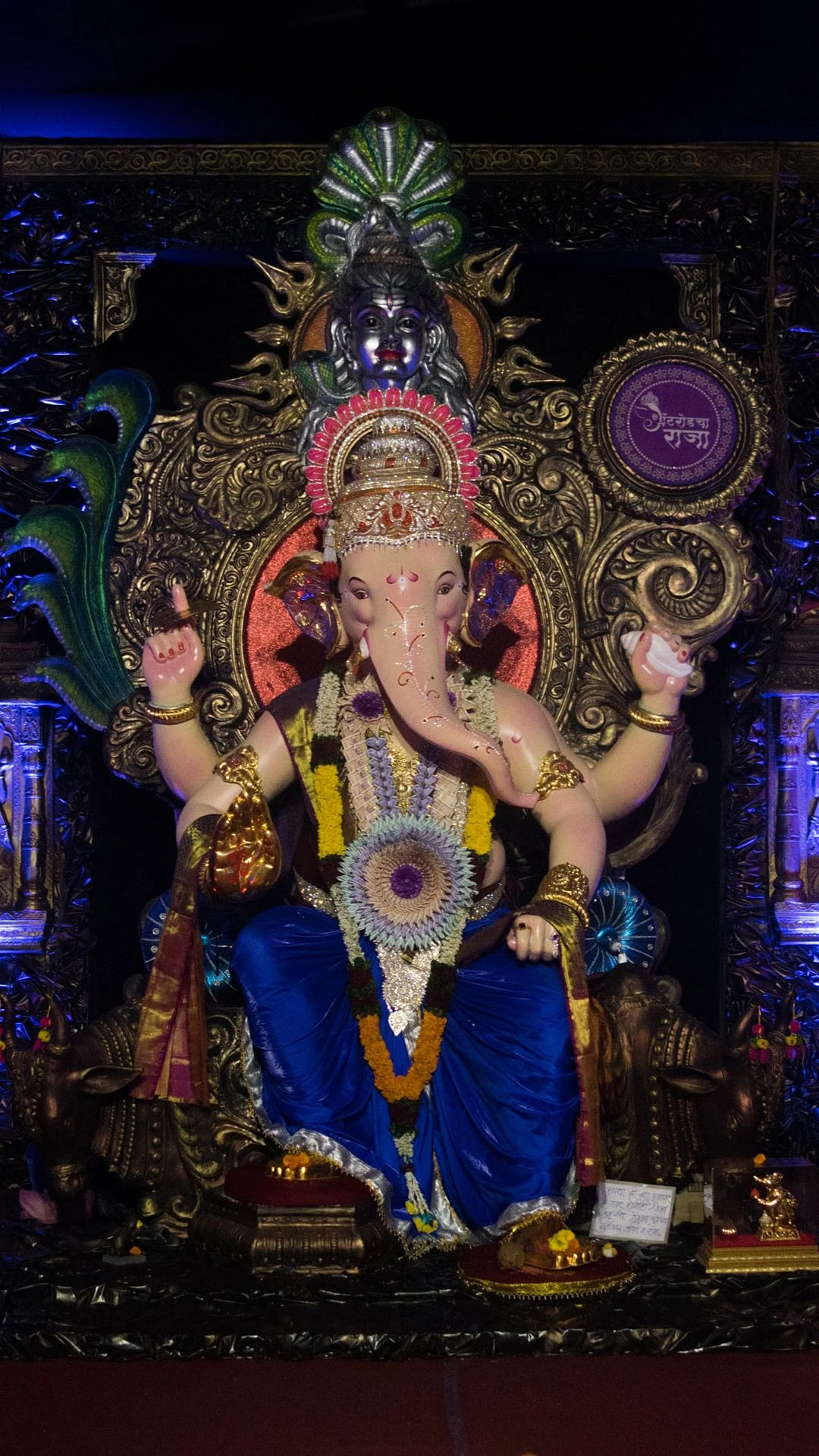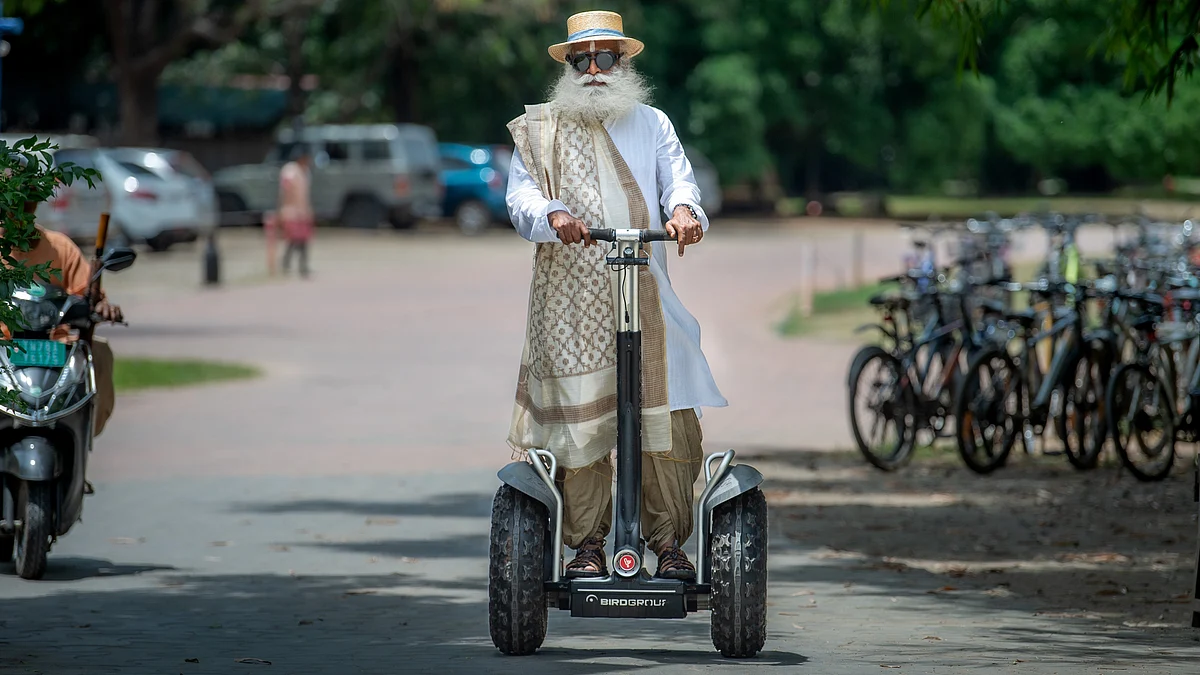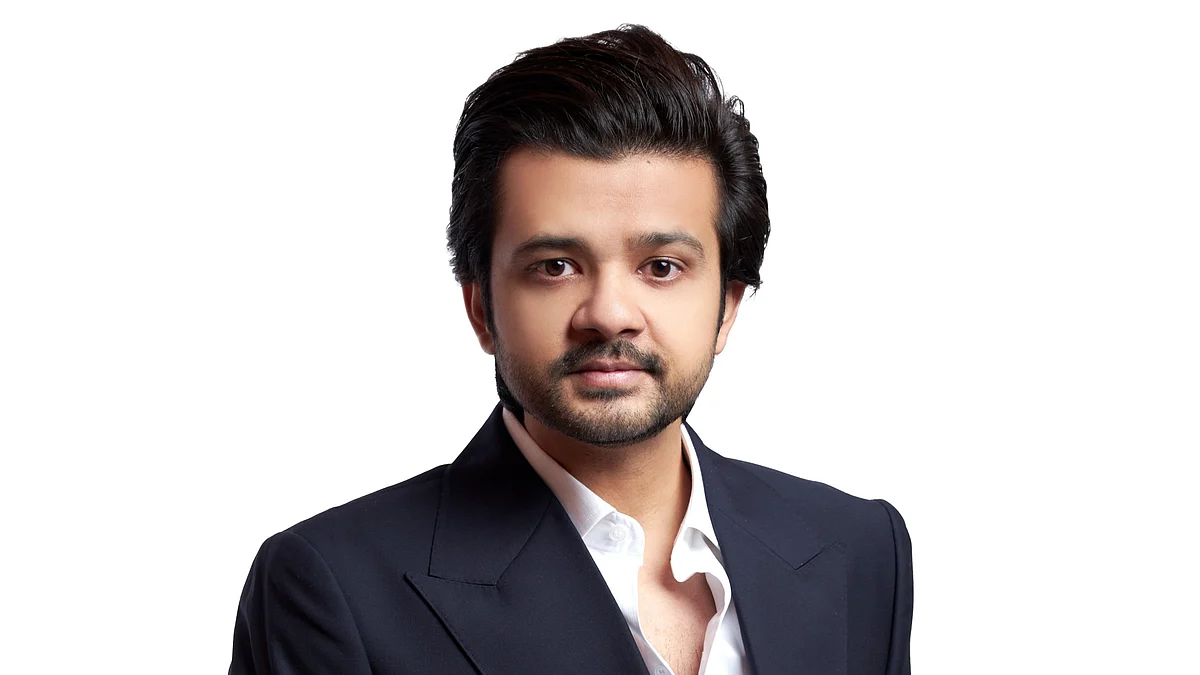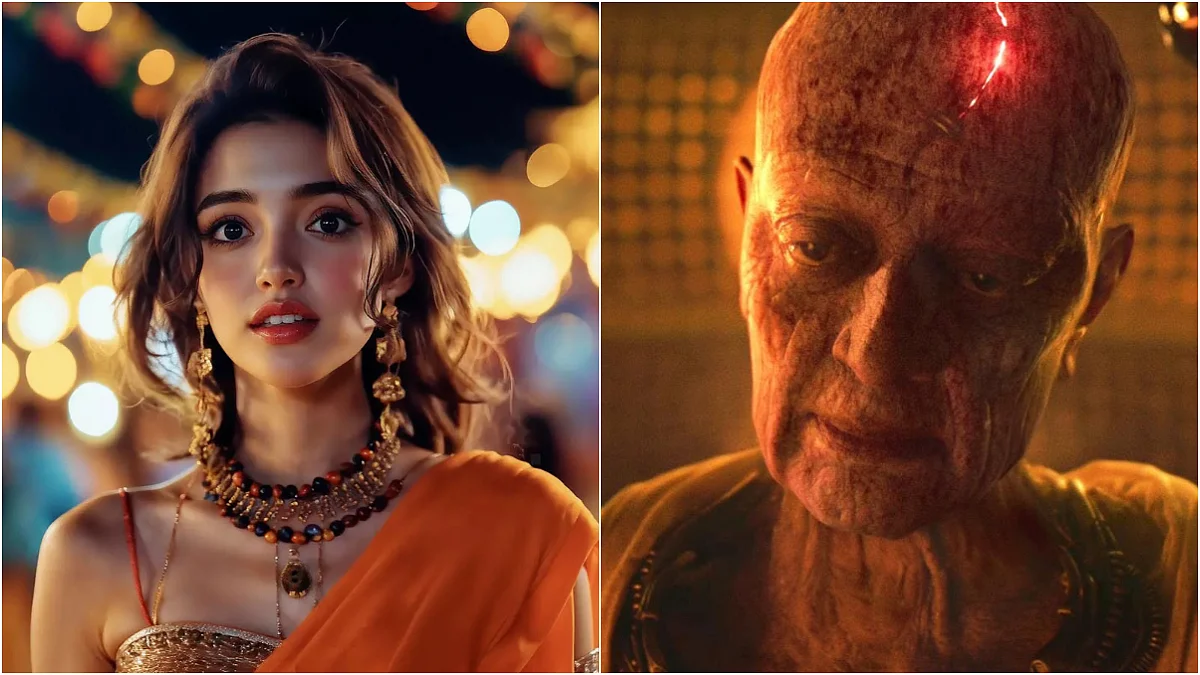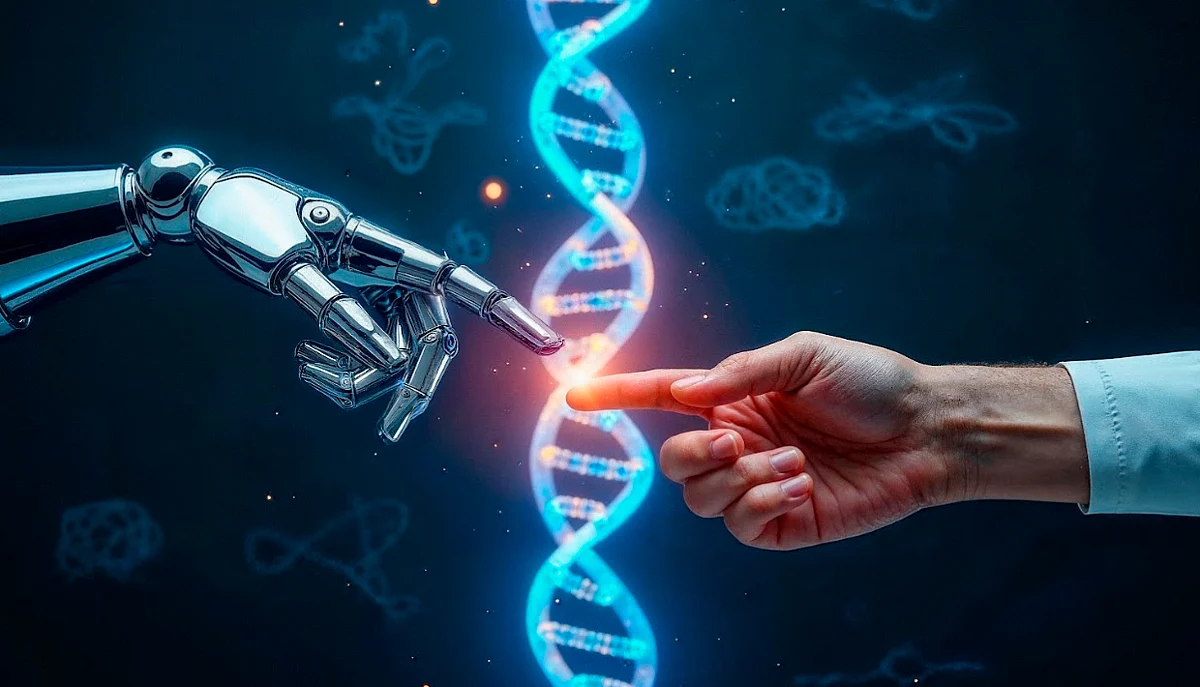There’s been a flood of information about AI. You just can’t keep up. The average person is too scared to admit they don’t really know what it is or how it works. But ChatGPT is good enough for now, thank you. Complaints abound — about students using AI to cut corners, rampant AI-driven plagiarism, blind faith in AI outputs, interviewees leveraging AI to crack interviews. A new and chaotic world has emerged, one that didn’t exist before — and now, we need to make sense of it. ChatGPT itself faces stiff competition from Claude, DeepSeek, Bard (Gemini), and Grok.
It’s not that Artificial Intelligence is a new concept. It’s just that after November 2022, it became more visible. Everything caught fire, and all of a sudden, practically every aspect of life was touched. Applications started pouring in every day — there are probably over 10,000 AI apps out there (but who really knows?). Just claim something is AI-driven, and that’s often enough to end the conversation. A whole new vocabulary must now be learned — GenAI, LLMs, Agentic AI, and so on. It’s bewildering.
But what does this mean for Indian classical music?
Let’s explore the many facets of this situation — the obvious and the hidden.
For the student, AI presents fantastic opportunities. Suddenly, information and access are at your fingertips. You can learn about raags, compositions, taals, musicians. I recently used Grok to create a massive table comparing over 160 Hindustani raags with their Carnatic equivalents, including YouTube links highlighting compositions in those raags. What might have taken an average student several months of effort took me just a few hours. These opportunities are both liberating and exciting. You can accelerate your learning — though for some, it might be overwhelming.
Those in love with classical music experience a peculiar joy in identifying raags, taals, composers, gharanas, melakartas, and other arcane elements that many neither know nor care about. This is pattern recognition. People with advanced skills in this are considered vidwans and musicologists. Using AI tools helps accelerate this understanding.
The teaching zone is contentious. Yes, you can have an AI-driven tutor teach you a particular raag. Here’s an example — I attempted to learn Raag Patdeep and created a prompt for Grok:

Prompt for teaching Raag Patdeep:
You are an expert in teaching Indian classical music to a complete novice. Teach me Raag Patdeep in a highly simplified, structured manner, one single-line instruction at a time. Wait for my response before giving the next instruction. Assume I know nothing about Indian classical music and avoid complex terms or multiple instructions in a single step. If I ask for clarification or help (e.g., choosing a pitch or finding an app), provide a brief, clear response before continuing. Ensure each step builds logically on the previous one, and only proceed when I respond with "done," "next," or a similar confirmation. If I say the instructions are too complicated, simplify further.
This prompt guided the teaching process for Raag Patdeep.
Would you like to start learning Raag Patdeep now using this approach? If so, I’ll begin with the first single-line instruction. Just let me know!
This method, though it may seem unpleasant to traditional musicians who love the romance of the Guru-Shishya live teaching method, actually works. It's convenient and removes the “middleman” — perhaps even an online tutor.
Can AI compose? It certainly can. I was able to ask it to create completely new compositions in any raag and then teach me those compositions. The experience was novel — and not unpleasant, though it felt somewhat unnatural, as I had never imagined such a thing was possible.
AI can also create sound and play instruments on its own. Many efforts are already underway. Here are some notable examples:
Professor Vinod Vidwans’s AI system generates compositions and renders them using artificial instruments.
Raghavasimhan Sankaranarayanan of Georgia Tech created an AI-powered robotic violinist.
The NaadSadhana app by Sandeep Ranade assists with riyaz and live performance support.
So, what are some upcoming possibilities? Perhaps a jugalbandi (duet) between a human and AI performer. Maybe AI bots writing reviews of classical music performances. AI judges in music competitions. Or even robotic classical music concerts. The possibilities are endless.
Naturally, those who adore tradition and deeply respect musical convention may find this extremely uncomfortable. Every new generation is often viewed by the previous one as disconnected from a glorious past. As students and teachers embrace AI in new ways, older generations of classical music lovers may watch helplessly, in agony. They may feel something beautiful is slipping away. The deeply romanticized Guru-Shishya Parampara might be on the verge of crumbling. Tales of long and arduous training will sound arcane, like relics from a different, unimaginable era.
This may well be the price of progress. After all, there was once a time without microphones. Harmoniums were once frowned upon in favor of the Sarangi, which was considered more pristine. Now, the Sarangi is fading, and the keyboard is challenging the harmonium. Violins have pickups. Mridangams are made from synthetic materials.
To state the obvious: change is the only constant. Digitized music, modern interpretations of classical ragas — all this has already happened, often to the dismay of purists. Likewise, it will not be possible to stop the infiltration of AI into Indian classical music.
But wait!
There is one thing AI perhaps cannot do:
The human experience of finding joy in music.
The ability to notice and celebrate nuance. The thrill of a brilliant improvisation in a performance. The appreciation of musical aesthetics, whether perfect or flawed. The emotional comparison of virtuosity and the connection it brings.
That human experience of musical joy — that deeply personal ability to appreciate — AI cannot take away.
At least, not yet.
And maybe… never.
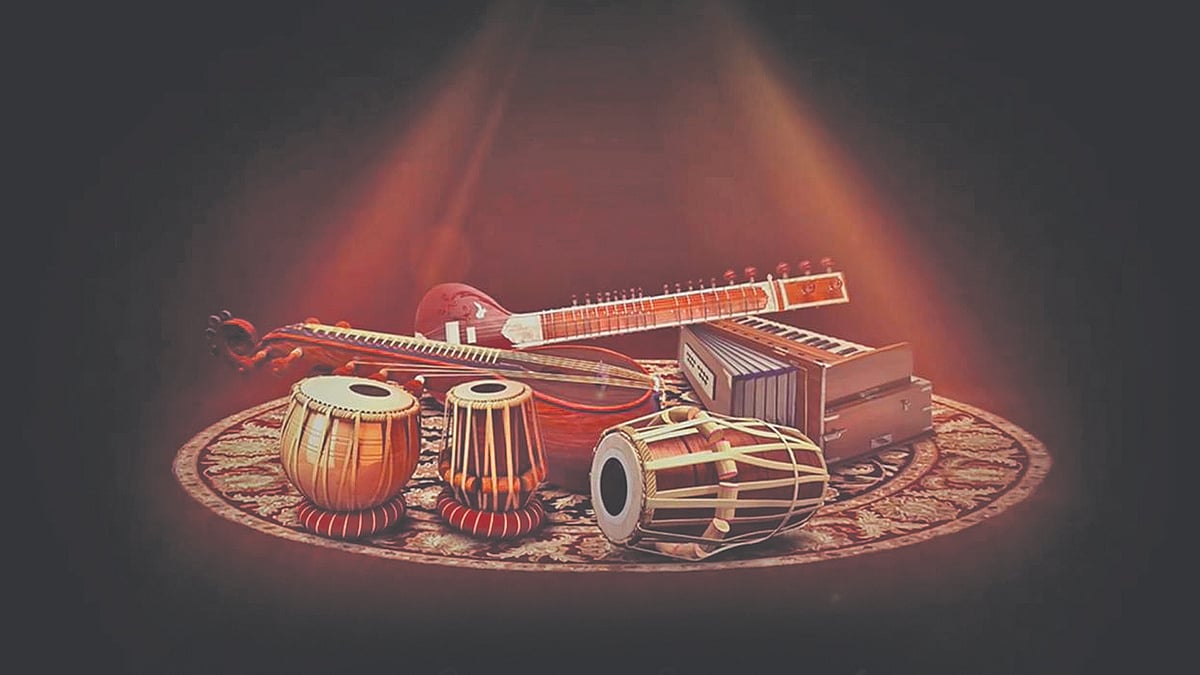


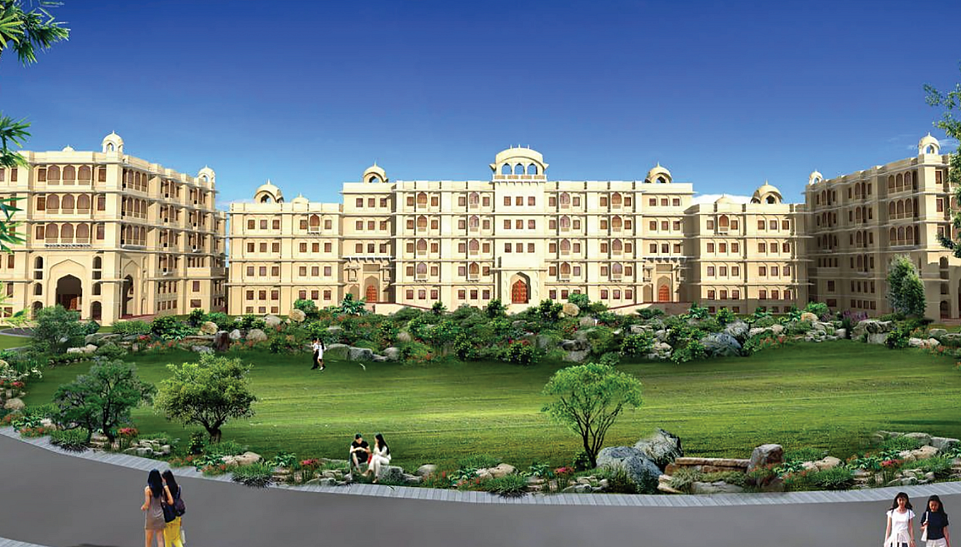

.jpg)

